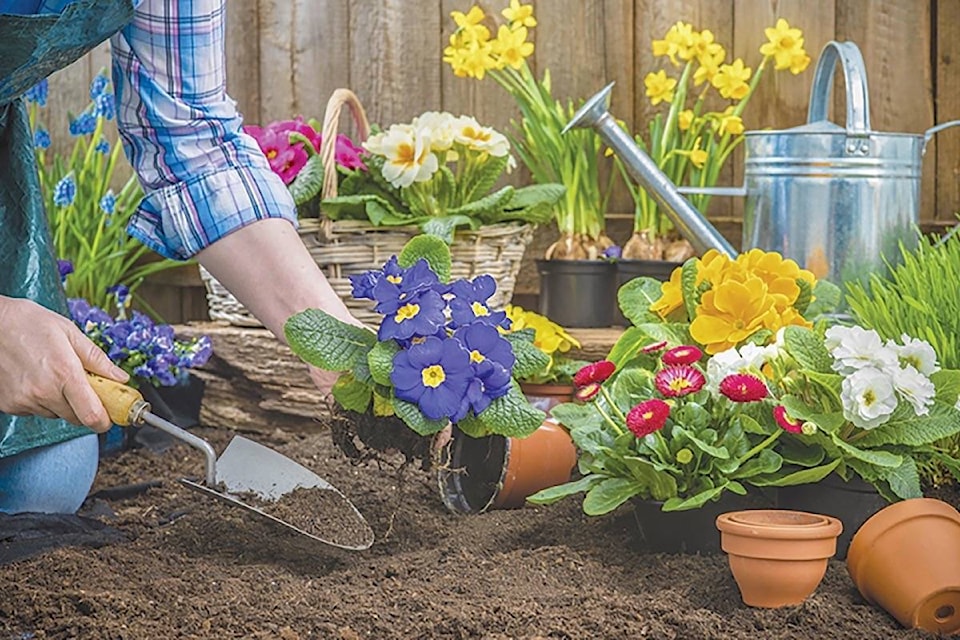Jocelyne Sewell - A Gardener’s Diary
Finally, the weather is improving enough that I can remove some of the leaves in the cold frames. Until last week, everything was frozen solid but now I can see the new growth in some of the pots that I had overwintered. Spring is here.
I had questions about Hoya carnosa (wax plant) not blooming. The following comes from different web sites. All Hoyas need to be potted in planters with drainage. These plants are very sensitive to too much water, so be sure to use a well-draining soil with plenty of pumice and/or perlite. How old do Hoyas have to be before they bloom? Many Hoyas will bloom in their first year of growth, some will take two years, others may need three or more years before they are mature enough to bloom. If conditions aren’t right, mature or not, they may never bloom until those conditions are corrected. The truth is that if a Hoya is mature but hasn’t bloomed, it is usually because it isn’t getting enough light.
If a Hoya plant does not get enough nitrogen, the lower or older leaves will turn yellow or sickly pale green before falling off. Give the plant a boost of nitrogen with a mixture of one tablespoon of fish fertilizer in one gallon of very warm – but not hot – water.
What can I do to correct my growing methods in order to get flowers? For the majority of hoyas, the magic wand that brings on flowers is extremely bright but indirect light, no direct sun. If possible the humidity of your growing area should be kept above 40 per cent, 60 per cent would be even better but hard to maintain in a home. Keep a spray bottle handy and mist your plants often. Another hint that may help to bring on flowers along with your weekly use of a very weak solution of a balanced fertilizer is to give them a real jolt with feeding of a high phosphorous fertilizer as a substitute for your regular balanced fertilizer occasionally.
The most important supplemental elements are nitrogen, phosphorus and potassium. These three ingredients are vital components of a healthy plant. Without all of them in proper balance, a plant can’t repair itself or build new cells for growth. There are several trace elements in very small amounts that are important so when you are purchasing plant food, be sure that what you select states on the package or container that trace elements are included.
Keep the plant in a pot that constricts its roots. Hoyas bloom best when potbound. They grow slowly and most never need a pot larger than 6 inches (15cm) in diameter. Keep them in the same pot for years, but remember to fertilize throughout spring and summer.
Although Hoya plants are not toxic to cats or dogs, they could still make an animal sick. The digestive systems of cats and dogs are unable to break down the leaf of the Hoya plant, so eating a large amount of the leaves could cause the cat or dog to throw up. While on the subject of cats or dogs: Money Tree – Palms - Spider Plant - Boston Fern - Tradescantia Zebrina - African Violet - Moth Orchids - Cast Iron Plant - Bamboo which can be potted are all safe for cats and dogs. Wax plant, this sturdy plant is great for anyone frequently exposed to chemicals found in paint, gasoline, or smog, and all the above are air purifying plants.
@VernonNews
newstips@vernonmorningstar.com
Like us on Facebook and follow us on Twitter.
